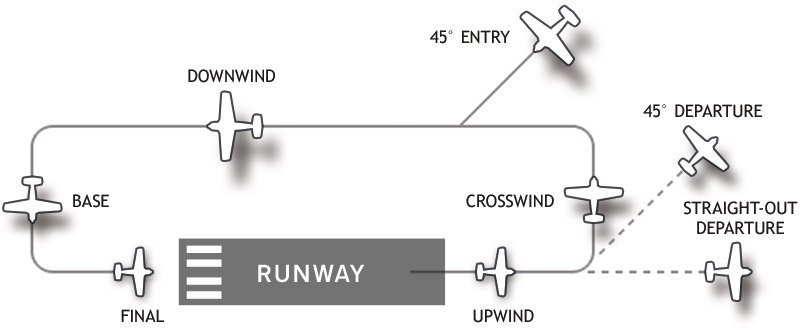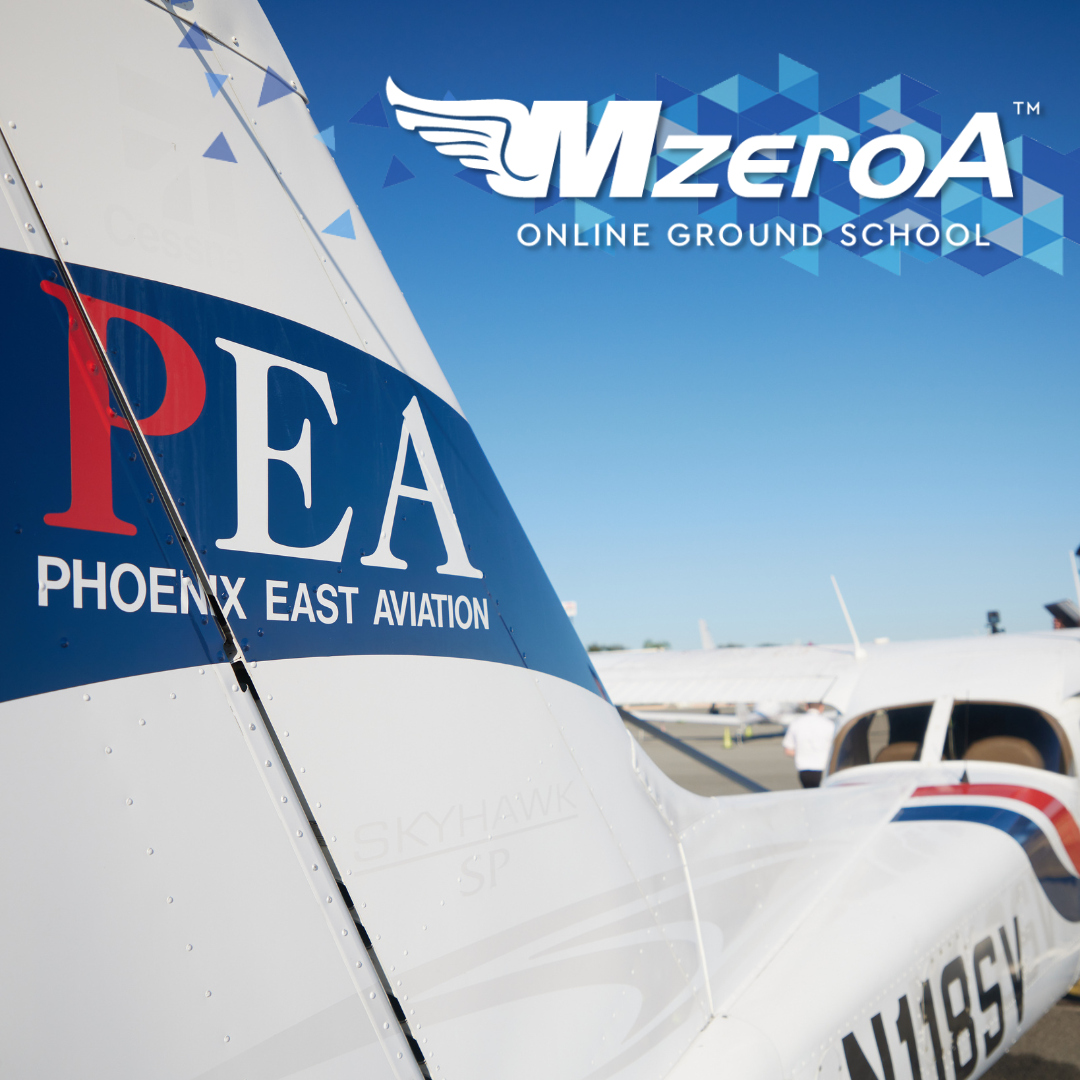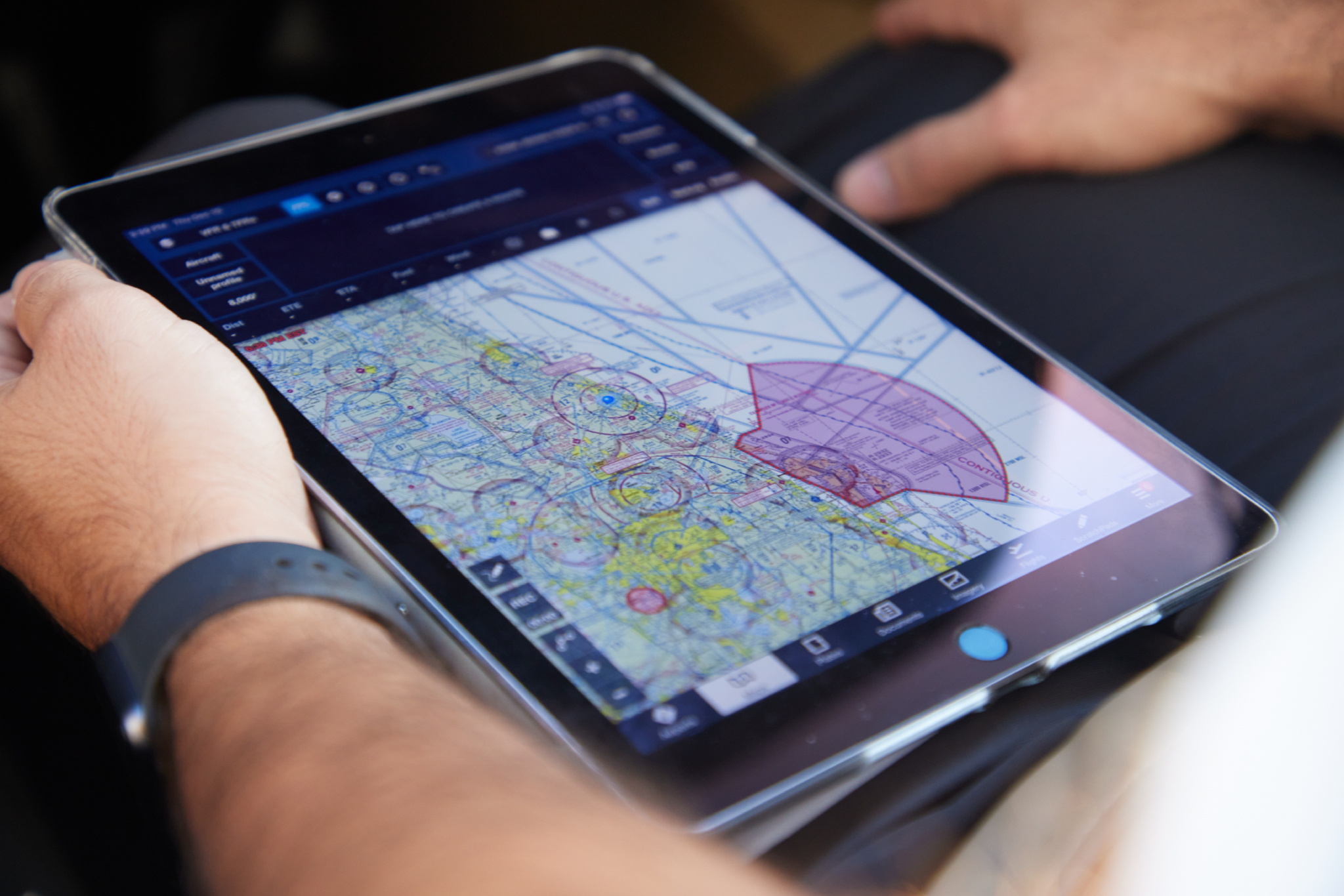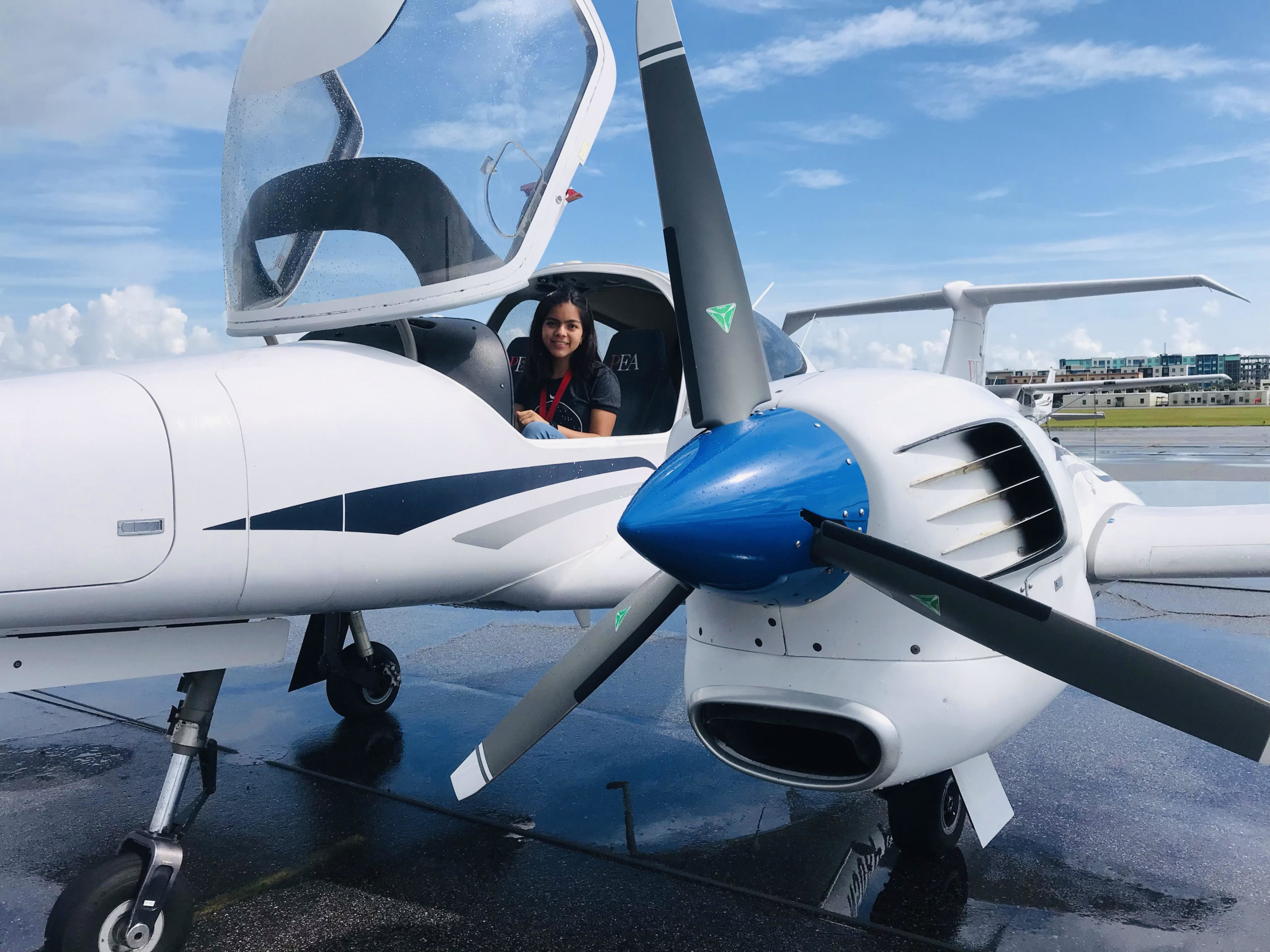The Airport Traffic Pattern
You might think that student pilots spend a lot of time flying in circles, but they’re actually flying in rectangles (and maybe a few circles, too). This is because at most small airports, pilots use a traffic pattern in the shape of a rectangle to maintain an orderly takeoff and landing flow.
The traffic pattern, more commonly referred to just as “the pattern,” allows VFR pilots to enter or exit the airport area in an organized manner, keeping all of the aircraft safe and on a flight path where the pilots can see each other and properly set up the aircraft for landing. In addition, the typical airport traffic pattern allows for an efficient traffic flow.
Airport traffic patterns are mostly all the same. For the most part, the altitudes, speeds and entry/exit procedures for aircraft in the pattern are standardized, with some exceptions for local procedures, such terrain avoidance or to keep aircraft away from or noise abatement areas. In a standard traffic pattern, for example, all turns are made to the left and pattern altitude is 1,000 feet above ground level (AGL). Some airports have right-hand traffic patterns to avoid a highly populated side of the airport, or to avoid mountains. Other airports have traffic pattern altitudes that differ from the standard 1000 feet altitude. If, for example, there’s a tower near the pattern, the pattern altitude for that runway might be 1200 feet instead of 1000 feet.

A traffic pattern has six legs:
- Departure
- Crosswind
- Downwind
- Base
- Final approach
- Upwind
The departure leg occurs immediately after takeoff, when the aircraft is still on runway heading and climbing to altitude. The departure leg is a quick one; for light aircraft. As a general rule, once the airplane is at a safe altitude (usually within 300 feet of the pattern altitude), the pilot can make the 90-degree turn to the crosswind leg, where he’ll continue climbing to pattern altitude.
The next 90-degree turn to the downwind leg happens after just a few seconds later, about a half-mile out and at a 45-degree angle from the departure end of the runway. On the downwind leg, the pilot starts to set up for a landing, completing the “before landing” checklist and beginning a descent. When the aircraft passes a point at about a 45-degree angle from the approach end of the runway, a 90-degree turn to the base leg is made. Shortly after, the pilot will turn onti the final approach leg, continuing the descent toward the runway.
The upwind leg of the traffic pattern is utilized for aircraft entering or exiting the pattern while flying parallel to the runway. It’s offset just a little from the departure leg of the runway, and is also used in a go-around procedure. If an approach to landing isn’t working out, and the pilot has to go around, he’ll offset slightly to the right of the departure leg to the upwind leg of the pattern and continue from there.
When approaching an airport from outside of the traffic pattern, the pilot has a few options for entering the pattern. Most commonly, and recommended by the FAA, is a 45-degree entry, in which an airplane enters the downwind leg of the pattern, at pattern altitude, at a 45-degree angle to the downwind leg.
It’s also common for aircraft to do a “straight-in” approach, in which the pilot forgoes the rectangular pattern and flies directly into the final approach leg of the pattern.
At an uncontrolled airport, the pattern entry procedure is ultimately is up to the pilot. At a controlled airport, the pattern is dictated by the needs of the air traffic controllers, and ATC will direct traffic for proper separation to ensure a safe flow of traffic.
Departing from the traffic pattern works the same way. At an uncontrolled field, it’s common for aircraft to do a straight-out departure or a downwind departure. At a controlled field, ATC directs traffic as needed and might provide pilots with specific departure procedures to follow.
These procedures are for VFR pilots. Aircraft on instrument flight plans (airliners, for example) use specific arrival and approach procedures dictated by local airport procedures and ATC, and don’t usually involve traffic patterns.




